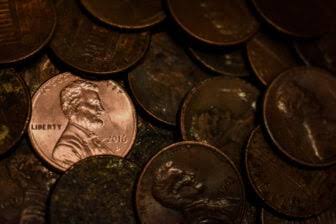The U.S. Treasury Department announced on May 22 its decision to discontinue the production of the one-cent coin, with no new pennies anticipated to enter circulation once the existing inventory of blanks is exhausted. This action, first reported by the Wall Street Journal, seeks to mitigate financial losses associated with minting a coin that costs more than its nominal value. President Donald Trump had previously signaled this change in February, pointing to the high production cost of pennies, which he indicated cost more than two cents each. The Treasury corroborated this, disclosing that the actual cost exceeds three cents per penny. The department estimates an immediate taxpayer savings of $56 million from ceasing penny production.
While the penny’s decline is motivated by its elevated production cost, the financial ramifications for the nickel are a crucial aspect of the discussion. Each nickel currently incurs a production cost of 13.8 cents (11 cents in production and 2.8 cents in administrative/distribution expenses). This significantly surpasses the penny’s production cost and signifies an even greater loss for the Mint. In the most recent fiscal year, the Mint substantially reduced nickel production by 86%, minting only 202 million compared to 1.4 billion in each of the two prior years. This figure is also considerably lower than the 3.2 billion pennies produced in 2024, 4.1 billion in 2023, and 5.4 billion in 2022. The Treasury’s announcement did not clarify its future intentions regarding nickel production.





